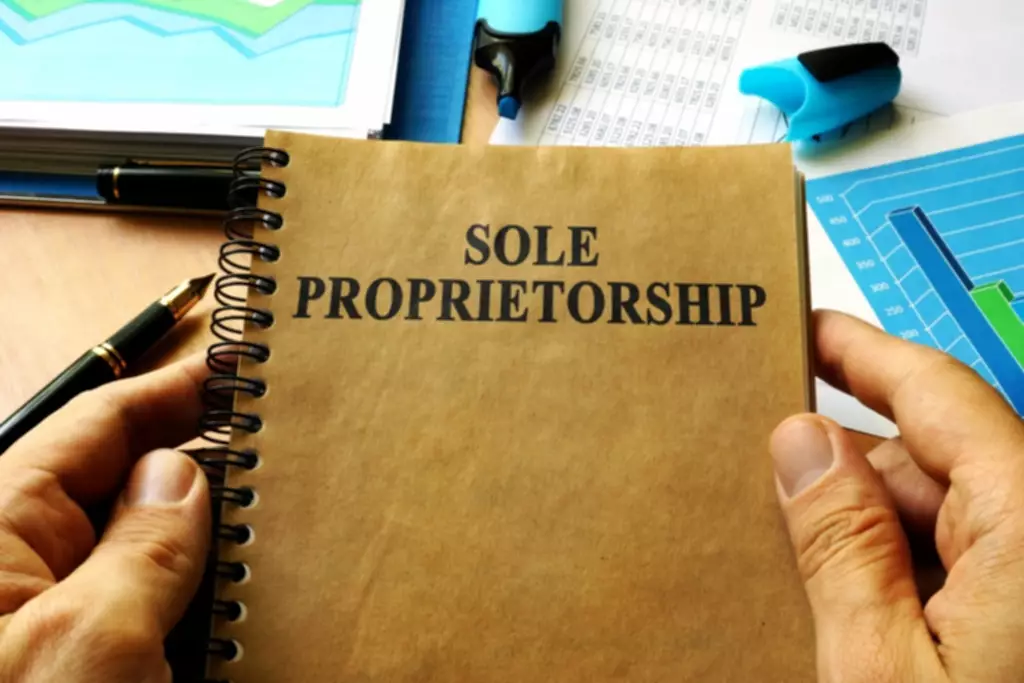Content

The articles and research support materials available on this site are educational and are not intended to be investment or tax advice. All such information is provided solely for convenience purposes only and all users thereof should be guided accordingly. Here we see that total expenses for both were $9,650 for January 2020. If you’re using the wrong credit or debit card, it could be costing you serious money.
What are your total expenses for rent, electricity, cable and internet, gas, and food for the current year? You have also not incurred any expenses yet for rent, electricity, cable, internet, gas or food. This means that the current balance of these accounts is zero, because they were closed on December 31, 2018, to complete the annual accounting period. Both methods are correct with each having its advantages and disadvantages. The direct method is faster and less complicated as there is no intermediate account involved and requires ones less step.
Final thoughts on closing entries
Similarly, the business is said to make losses if the debit portion of the income summary statement is more than the credit side of the income summary statement. All temporary accounts of revenue and expenses have to be first transferred into the temporary statement of income and summary account. The balances in each of the temporary accounts would then be closed out in either capital account as applied for sole proprietorship business and retained earnings as applied for the corporation. The professionals should not be confused with the income statement, and income summary account as both of the concepts rely on the reports of income and losses earned and incurred by the business.

After closing, the dividend account will have a zero balance and be ready for the next period’s dividend payments. The T-account summary for Printing Plus after closing entries are journalized is presented in Figure 1.31. Notice that the Income Summary account is now zero and is ready for use in the next period. The Retained Earnings account balance is currently a credit of $4,665. Let’s explore each entry in more detail using Printing Plus’s information from Analyzing and Recording Transactions and The Adjustment Process as our example.
Closing Entry
To get a zero balance in the Income Summary account, there are guidelines to consider. All accounts can be classified as either permanent (real) or temporary (nominal) the following Figure 1.27. Mary Girsch-Bock is the expert on accounting software and payroll software for The Ascent. Answer the following questions on closing entries and rate your confidence to check your answer.

If a company’s revenues are greater than its expenses, the closing entry entails debiting income summary and crediting retained earnings. In the event of a loss for the period, the income summary account needs to be credited and retained earnings reduced through a debit. There are generally two components of the income summary statement, namely the debit side and credit side. The income summary account is only used in closing process accounting. Basically, the income summary account is the amount of your revenues minus expenses. You will close the income summary account after you transfer the amount into the retained earnings account, which is a permanent account.
Services
To update the balance in the owner’s capital account, accountants close revenue, expense, and drawing accounts at the end of each fiscal year or, occasionally, at the end of each accounting period. For this reason, these types of accounts are called temporary or nominal accounts. When an accountant closes an account, the account balance returns to zero. Starting with zero balances in the temporary accounts each year makes it easier to track revenues, expenses, and withdrawals and to compare them from one year to the next. There are four closing entries, which transfer all temporary account balances to the owner’s capital account.
At the end of the quarter, you take the revenue you received from all your customers, add it up and find you have $45,000 in gross income. Your expenses, including fuel, salaries and repairs, add up to $38,000. You record that in a temporary expense account. You should be able to get the figures straight off your income statement. You must debit your revenue accounts to decrease it, which means you must also credit your income summary account. In this example, the business will have made $10,000 in revenue over the accounting period.
What are Closing Entries?
The year-end closing is the process of closing the books for the year. This involved reviewing, reconciling, and making sure that all of the details in the ledger add up. It’s vital in business to keep a detailed record of your accounts. The third entry requires Income Summary to close to the Retained Earnings account.
- Second, just like step one, you need to clear the balance of the expense accounts by debiting income summary and crediting the corresponding expenses.
- Therefore, all those accounts are included for which current balances must be used in the next financial reporting period and for which accounts cannot be closed out.
- The net result of these activities is to move the net profit or net loss for the period into the retained earnings account, which appears in the stockholders’ equity section of the balance sheet.
- We’re firm believers in the Golden Rule, which is why editorial opinions are ours alone and have not been previously reviewed, approved, or endorsed by included advertisers.
- Therefore, it will not appear on any trial balances, including the adjusted trial balance, and will not appear on any of the financial statements.
The fourth entry closes the Dividends account to Retained Earnings. The information needed to prepare closing entries comes from the adjusted trial balance. At the end of each accounting period, all of the temporary accounts are closed. This way each accounting period starts with a zero balance in all the temporary accounts, so revenues and expenses are only recorded for current years. The closing entries are the journal entry form of the Statement of Retained Earnings. The goal is to make the posted balance of the retained earnings account match what we reported on the statement of retained earnings and start the next period with a zero balance for all temporary accounts.
If your revenues are greater than your expenses, you will debit your income summary account and credit your retained earnings account. At the end of a financial period, businesses will go through the process of detailing their revenue income summary account and expenses. Permanent accounts, on the other hand, include assets, liabilities, and most equity accounts. These account balances roll over into the next period and reflect the company’s financial activity in the long term.
- We could do this, but by having the Income Summary account, you get a balance for net income a second time.
- Closing entries are journal entries used to empty temporary accounts at the end of a reporting period and transfer their balances into permanent accounts.
- It is the end of the year, December 31, 2018, and you are reviewing your financials for the entire year.
- Much of our research comes from leading organizations in the climate space, such as Project Drawdown and the International Energy Agency (IEA).
